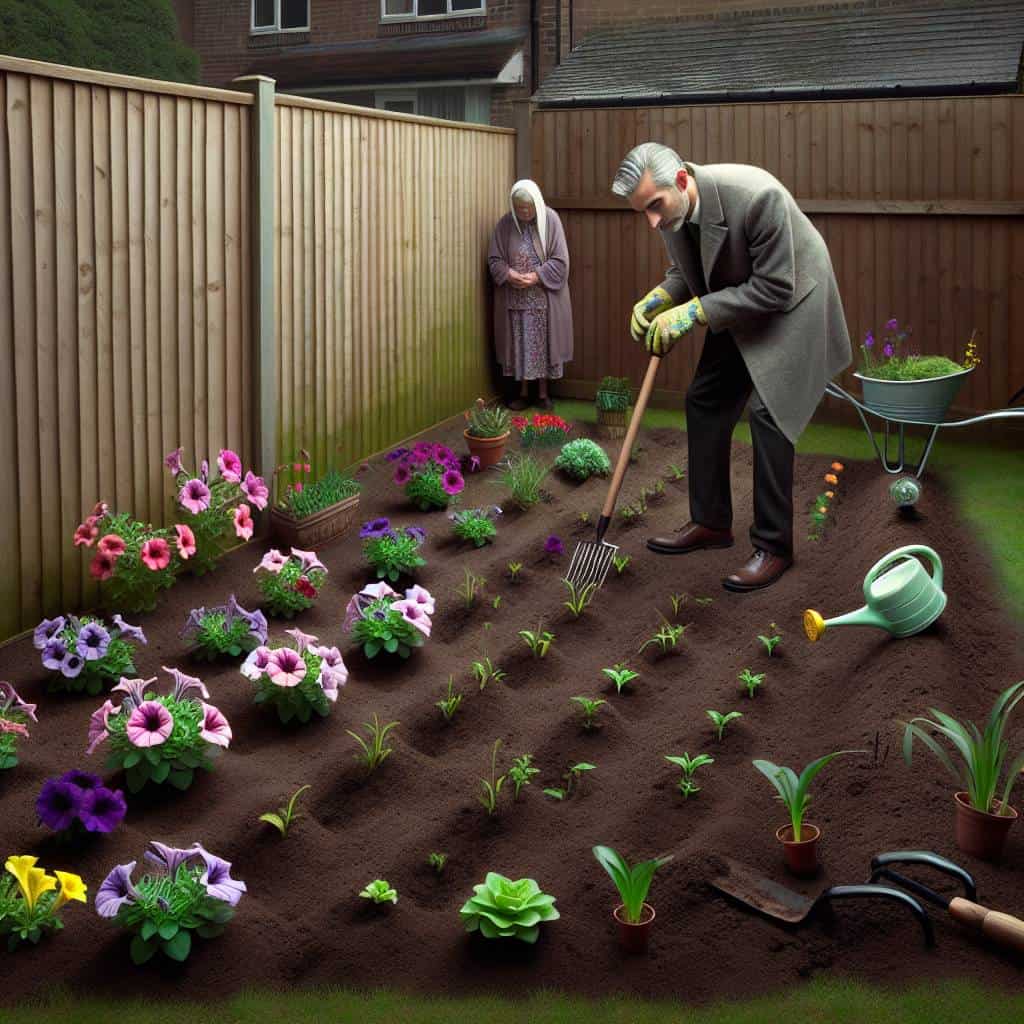I once thought landscaping was as simple as sticking a few flowers in the ground and waiting for compliments to roll in. Boy, was I wrong. I remember my first attempt—an ambitious mix of petunias and some other green stuff I can no longer name. What I ended up with was a sad patch of wilted leaves and dirt that looked more like a crime scene than a garden. My neighbor, old man Jenkins, didn’t even try to hide his chuckle when he saw it. It’s safe to say that my dreams of a lush, vibrant garden were as dead as those poor plants.

But here’s the thing—I’m not one to give up easily. So if you’re like me, stumbling through your first forays into landscaping, you’ve come to the right place. This article won’t just throw around fancy terms like “hardscaping” or “mulch” without getting our hands dirty. We’ll break it down to the nuts and bolts of design principles, choosing the right plants, and even how to make those garden beds look like a pro did them. No frills, no nonsense, just practical tips from someone who learned the hard way. Let’s dig in and start turning that patch of earth into something that makes old man Jenkins eat his hat.
Table of Contents
From Clueless to Cultivator: My Adventures in Plant Choosing and Garden Bed Design
So, there I was, knee-deep in soil, staring at a pile of plants that looked more like a botanical jigsaw puzzle than the serene garden I’d envisioned. I’ll be honest with you—when I first dipped my toes into the world of landscaping, I was as clueless as a fish out of water. But here’s the thing: life as a mechanic taught me that every problem, much like a misfiring engine, can be fixed with the right tools and a bit of elbow grease. And that’s how my journey from plant murderer to garden whisperer began.
Choosing plants isn’t just about picking the prettiest bloom. It’s about understanding the lay of the land—literally. I learned that garden bed design is like tuning an engine; it requires balance and harmony. The right plant in the right spot can transform a patch of dirt into a living masterpiece. But you can’t just slap a fern next to a cactus and call it a day. Sunlight, soil type, and even the dance of wind through your yard play a part. I spent weekends sketching layouts, moving plants around like chess pieces, and yes, occasionally mourning the ones that didn’t make it. But every trial and error brought me closer to understanding what each plant needed to thrive.
Then came the hardscaping—the bones of the garden. It’s the mulch, the stones, the pathways that guide your eye and your feet. Hardscaping is to landscaping what a sturdy frame is to a classic car—it holds everything in place and gives it structure. I found myself obsessing over materials, textures, and how they’d weather over time. And when I finally stood back, dirt-smudged and grinning, I realized this was more than just a garden. It was a testament to persistence, a symphony conducted by a once-clueless cultivator who found beauty in the grit and grime of creation.
The Dirt on Starting Fresh
In the chaos of colors and textures, a beginner finds their voice. Choosing the right plants and laying down mulch is like tuning an engine—precision matters, but it’s the passion that keeps the garden humming.
The Dirt Under My Fingernails
Standing back now, I see the garden not just as an array of plants and stones, but as a patchwork of lessons learned and unlearned. I’ve come to appreciate the stubborn resilience of the soil, the way it mirrors life’s own unpredictability. Choosing the right plants wasn’t just about aesthetics or survival; it was a crash course in patience and humility. Those garden beds have become more than just spaces for growth—they’re sacred reminders that beauty often demands a bit of chaos before it reveals itself.
And as for the hardscaping, well, it taught me that life’s principles aren’t always written in stone, even if your pathways are. Design isn’t just about sticking to a blueprint; it’s about improvising with whatever tools you have, even if that means using a wrench to plant a bulb. I suppose that’s the real story here. It’s not about making the perfect garden; it’s about making it yours. So, here’s to the dirt under my fingernails and the stories I’ve sown along the way.